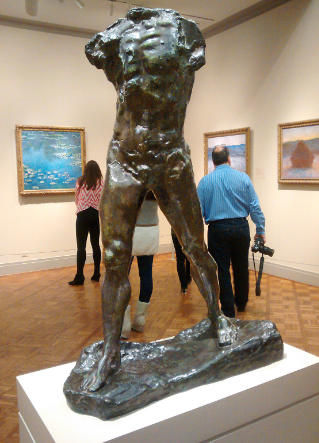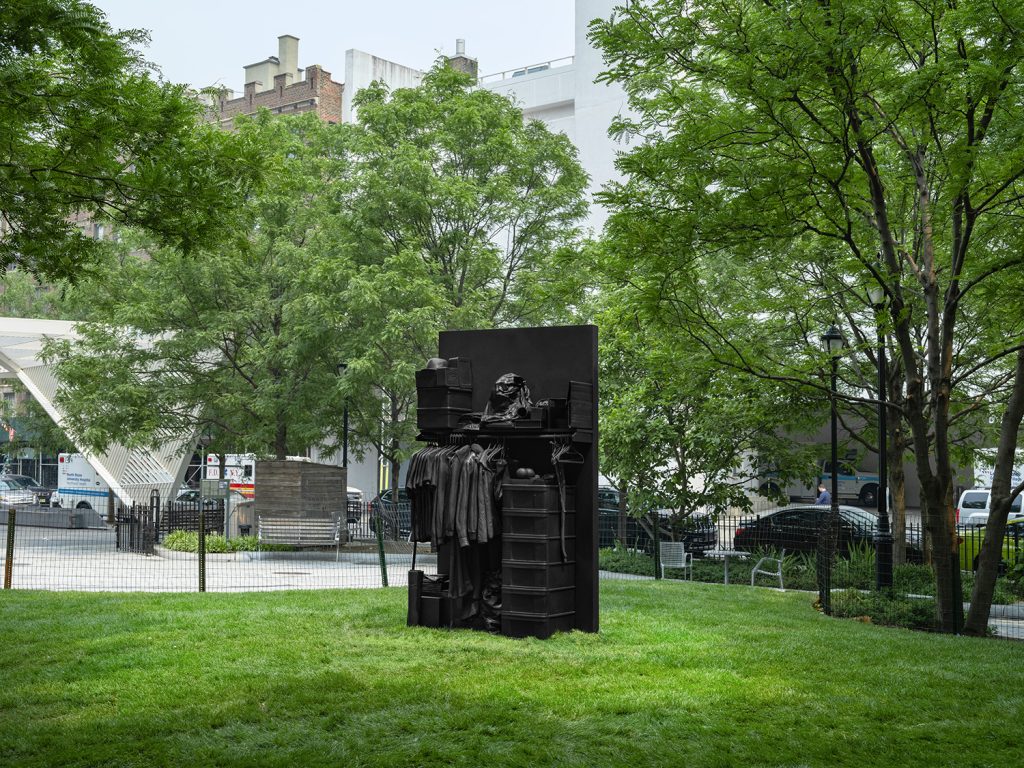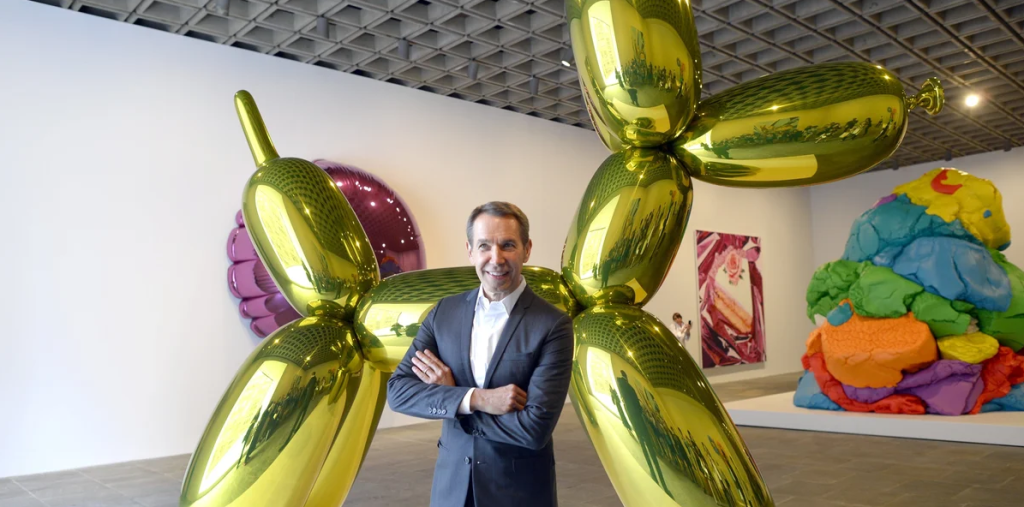The Walking Man: A Journey Through Rodin’s Vision of Motion
Auguste Rodin’s “The Walking Man” is a revolutionary sculpture that captures the essence of motion and the human spirit. Created in the late 19th century, this piece stands out as a testament to Rodin’s ability to convey movement through static form. Understanding this work not only deepens appreciation for Rodin’s artistry but also offers insight into the evolution of modern sculpture.
The Essence of Movement in Sculpture
Rodin’s “The Walking Man” is not just a representation of a figure in motion; it embodies the idea of movement itself. Unlike traditional sculptures that often focused on idealized beauty, Rodin emphasized the raw physicality of the human body. The fragmented nature of the sculpture, with its missing arms and head, invites viewers to engage their imaginations. This abstraction conveys a sense of dynamism, suggesting that the figure is captured in a moment between steps. Rodin challenged his audience to consider how movement can be interpreted, changing the viewer’s perception of what sculpture can represent.
Impact on Modern Art
Rodin’s innovative approach had a profound influence on modern art. His understanding of form and motion paved the way for numerous movements, including expressionism and cubism. Artists began to experiment with their materials, focusing on the emotional and physical qualities of their subjects rather than mere replication. “The Walking Man,” with its unfinished elements, encourages an exploration of imperfection—a concept that resonates strongly with contemporary art practices. As a foundational piece, it helped redefine artistic norms and inspired countless artists to break free from tradition.
The Legacy of The Walking Man
Today, “The Walking Man” remains a pivotal work in art history, often discussed in the context of Rodin’s broader contributions to sculpture. The piece not only represents a pivotal point in Rodin’s career but also symbolizes a shift towards more expressive and individualized forms of art. Museums and galleries worldwide continue to showcase this work, allowing new generations to witness its power and relevance. Rodin’s legacy lives on through “The Walking Man,” reminding us of the importance of movement and emotion in art.
In conclusion, Augsute Rodin’s “The Walking Man” invites us to rethink the boundaries of sculpture and movement. By exploring this remarkable work, we can gain a deeper understanding of art’s evolution and its lasting impact on modern expressions. If you’re intrigued by Rodin’s innovative spirit, consider visiting art museums or exhibitions showcasing his works to experience this transformative art firsthand!


